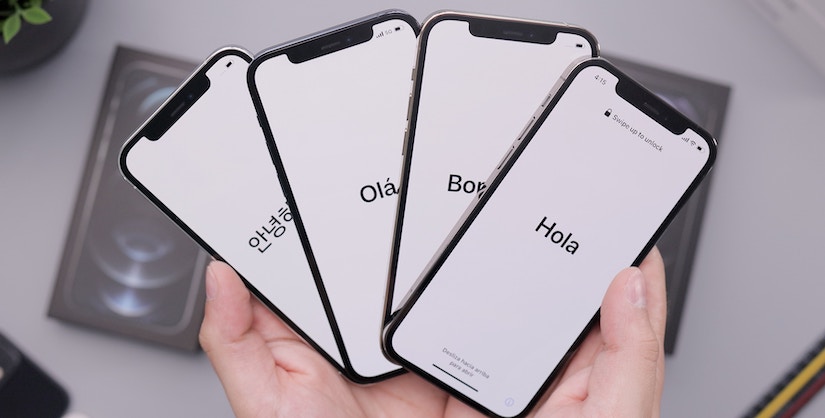Until recently, there was no universally agreed-upon standard for creating plain language documents. Nor was there a universal standard for judging good readability. This made it difficult for people to assess the quality of their work.
A plain language standard
Now, for the first time, we have an internationally agreed-upon standard. It defines plain language and provides guidance on good readability.
The plain language standard was developed by the International Organisation for Standardisation (ISO). It is based on an internationally agreed-upon definition of plain language. The standard was created using a consensus model. This means that plain language practitioners from all over the world contributed to its development.
Is this standard just for English?
The standard is not just for English. It is also applicable to French and Russian. These are the other two official languages of ISO. In fact, the standard is language-neutral. It can be used in any language.
The guidance in the standard includes many plain language practices that are not related to specific words. These practices include focusing on:
- What readers need to know
- Using a logical sequence
- Using techniques to organise and design documents
The guidance that does relate to words is high-level. It's not specific to any one language. For example, the standard talks about using culturally appropriate language. It also refers to using words that your readers will understand, and using clear sentences.
Input from many countries
The 50 plain language experts who developed the standard represented 16 countries. The working group now has representatives from 25 countries speaking 19 languages. Through the commenting process used in the ISO consensus model, they were able to ensure that every part of the standard works in their languages.
Localisation
Some countries may choose to localise the standard. This means adding information that is specific to their language or country. Countries may also develop best practices. These reflect what works within their own language, such as sentence length.
How to get it?
You can buy a copy of ISO 24495 through your country's national standard body or you can buy it directly from ISO.


